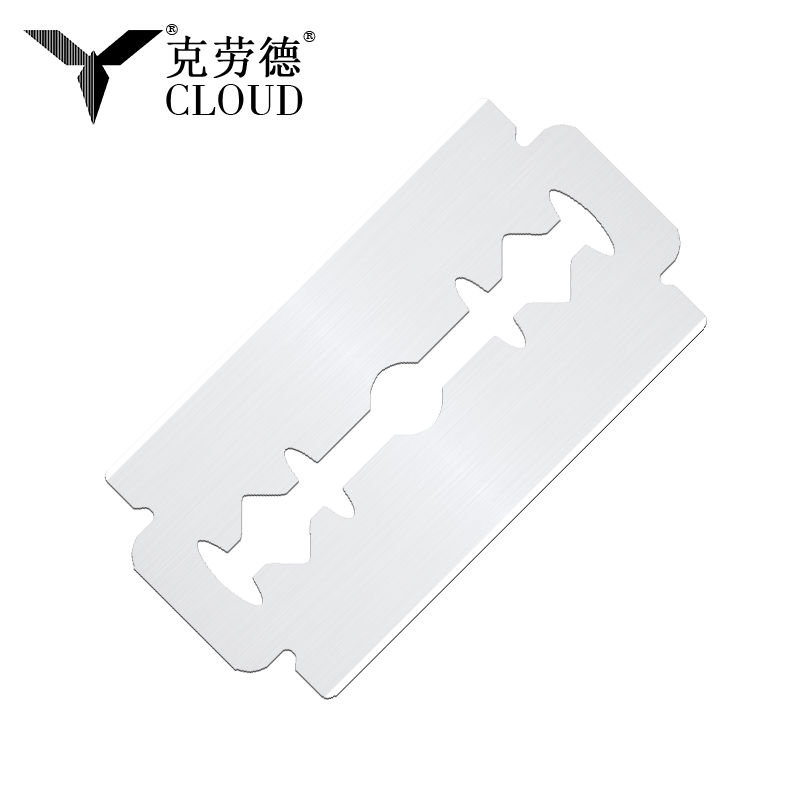
What razor blade gives the best shave?
Blade material and coating: how steel type and coating change the shave
Stainless steels with a higher carbon content hold a keener edge longer but can be slightly harsher if the grind or finish is aggressive. Softer stainless alloys give a forgiving feel but will blunt faster. Coatings—polytetrafluoroethylene (PTFE), platinum, chromium—reduce initial friction and help the blade glide through stubble; a coated blade often feels smoother on first few shaves. When looking for the closest shave, prioritize a blade material that balances edge retention with surface finish; if your skin is reactive, a smooth, coated blade with moderate hardness usually produces fewer tugging sensations.

Edge geometry and sharpness: why angle and honing matter
Two blades of identical alloy can perform very differently because of edge geometry. A thinner acute edge slices hair more easily and gives a nearer shave, but it dulls faster and may irritate sensitive skin. A slightly more obtuse edge is more forgiving and lasts longer. Manufacturers control grind profile and burr removal; blades finished with a razor-keen micro-bevel give a consistently close cut. For best results, choose blades with confirmed precision grinding if you prioritize closeness over longevity.
Match blade to razor head and beard type
Blade performance depends on the razor geometry. Open-comb or slant razors favor sharper, thinner blades and deliver a very close shave. Heavier razors can make milder blades feel more aggressive because they increase cutting force. Coarse, dense beards benefit from a sharper, hard-edge blade that preserves edge through thicker hair; fine or sensitive beards respond better to smoother, coated blades that reduce drag. Test a few blade types with your razor to find the pairing that gives the best balance of closeness and comfort.
Practical technique adjustments that extract a better shave from any blade
- Use short, light passes instead of pressure; pressure amplifies imperfections in the blade edge and increases irritation.
- Shave with a well-saturated lather and heat; softened hair cuts closer with less force.
- Rinse the blade frequently to remove gunk that reduces effective sharpness during the pass.
- Do one full-pass across the grain and, if needed, a careful cross- or against-the-grain pass only after relathering.
Blade lifespan: when closeness declines and replacement is justified
Expect closeness to degrade before the blade feels dull; tiny burrs or micro-chipping reduce cutting efficiency and require extra passes that irritate skin. Typical lifespan ranges from 3 to 10 shaves depending on beard coarseness, blade material, and water/soap quality. If you notice more tugging, more irritation, or the need for extra passes to reach the same result, swap the blade. Track performance in a simple log for a few blade types to quantify when a given brand stops delivering the shave you want.
How to test blades quickly: a repeatable at-home protocol
Compare blades using the same razor, same prep, and consecutive days. Use at least three shaves per blade to see performance over time. Score each shave for closeness, number of passes required, tugging, and post-shave irritation. This controlled method highlights which blade gives the best shave for your setup instead of relying on general reputation.
Common blade families and quick notes (use this as a selection guide)
| Blade Family | Typical Strengths | When to pick |
| Platinum/Chromium coated | Smoother initial glide; lower friction | Sensitive skin; beginners |
| Hard carbon steel | Keeps an acute edge; very close shaves | Coarse beards; fast closeness |
| PTFE-coated | Lower drag; extended smooth initial shaves | Users who want minimal irritation on first 3–5 shaves |
| Budget stainless | Inexpensive and widely available | Testing different razors; frequent blade changes |
Sample packs and how to use them efficiently
Sample packs are the fastest way to identify the blade that gives the best shave in your razor. Buy small quantities of several families, then use the at-home protocol to score each. Keep variables constant: same razor angle, same lather, same preshave routine. After testing, keep the top one or two brands for regular use or rotate them to avoid bias from water or soap buildup on a single brand.
Troubleshooting: if the shave is not close, what to check first
- Confirm blade-seat alignment; a misaligned blade prevents the edge from contacting hair cleanly.
- Change blade brand—razor and blade compatibility often explains large differences in closeness.
- Re-evaluate prep: shorter stubble or denser lather usually reduces required passes.
- If nicking increases, move to a slightly milder blade or adjust technique rather than pushing for more aggressive blades.
Direct takeaway
No single razor blade universally gives the best shave. The closest shave is the result of three variables working together: blade metallurgy and finish, edge geometry, and the razor head. Use sample packs, a simple scoring protocol, and match blade choice to your razor and beard characteristics to find the blade that gives the best shave for you.
News categories
Product categories
Related Products

-
 +86-400 9915 887
+86-400 9915 887 -
 +86-021-57644936
+86-021-57644936 -
 [email protected]
[email protected] -
 No. 2066, Yushu Road, Songjiang District, Shanghai, China
No. 2066, Yushu Road, Songjiang District, Shanghai, China
Copyright © 2025 Shanghai Cloud Blade Manufacturing Co., Ltd. All rights reserved.



 ENG
ENG
 English
English Español
Español












 Home
Home